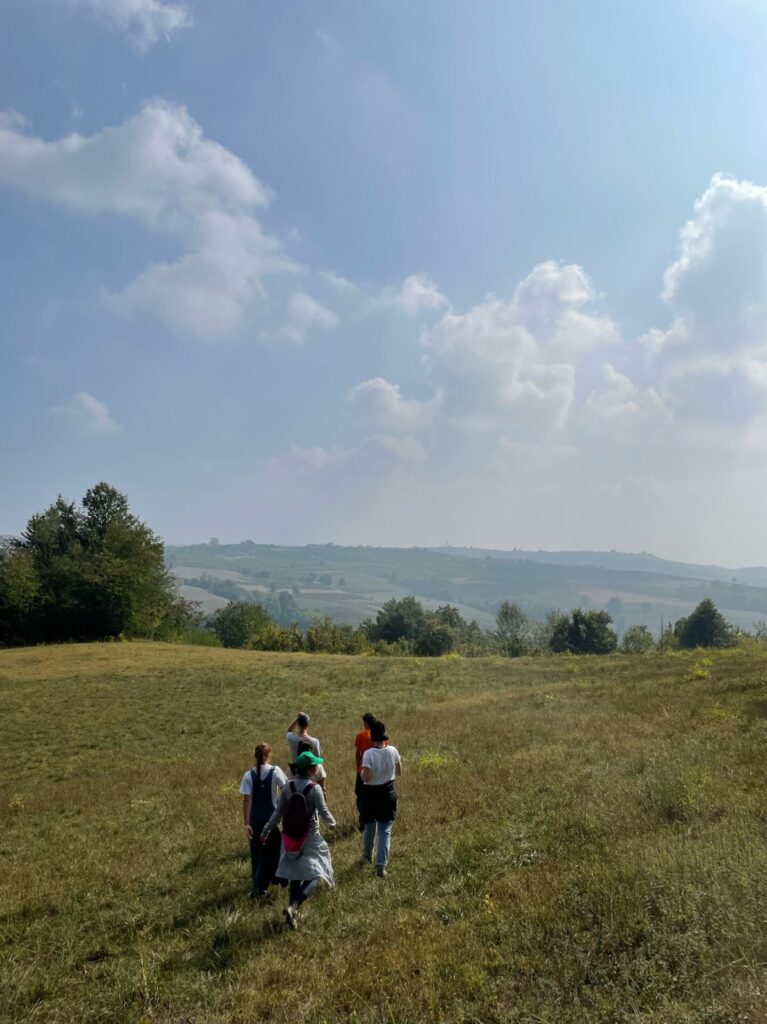
Dai Gresy


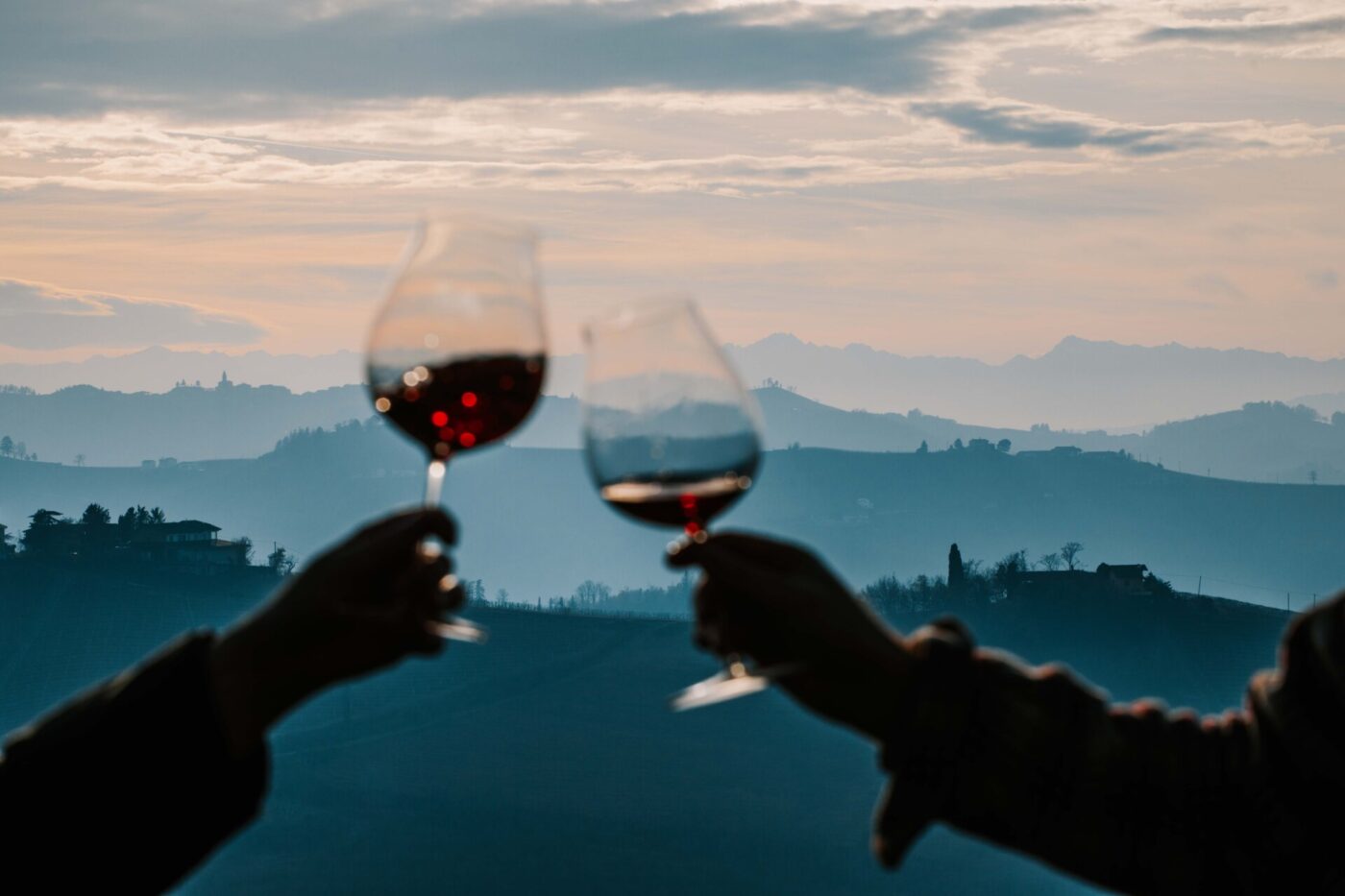
Photography by Letizia Cigliutti

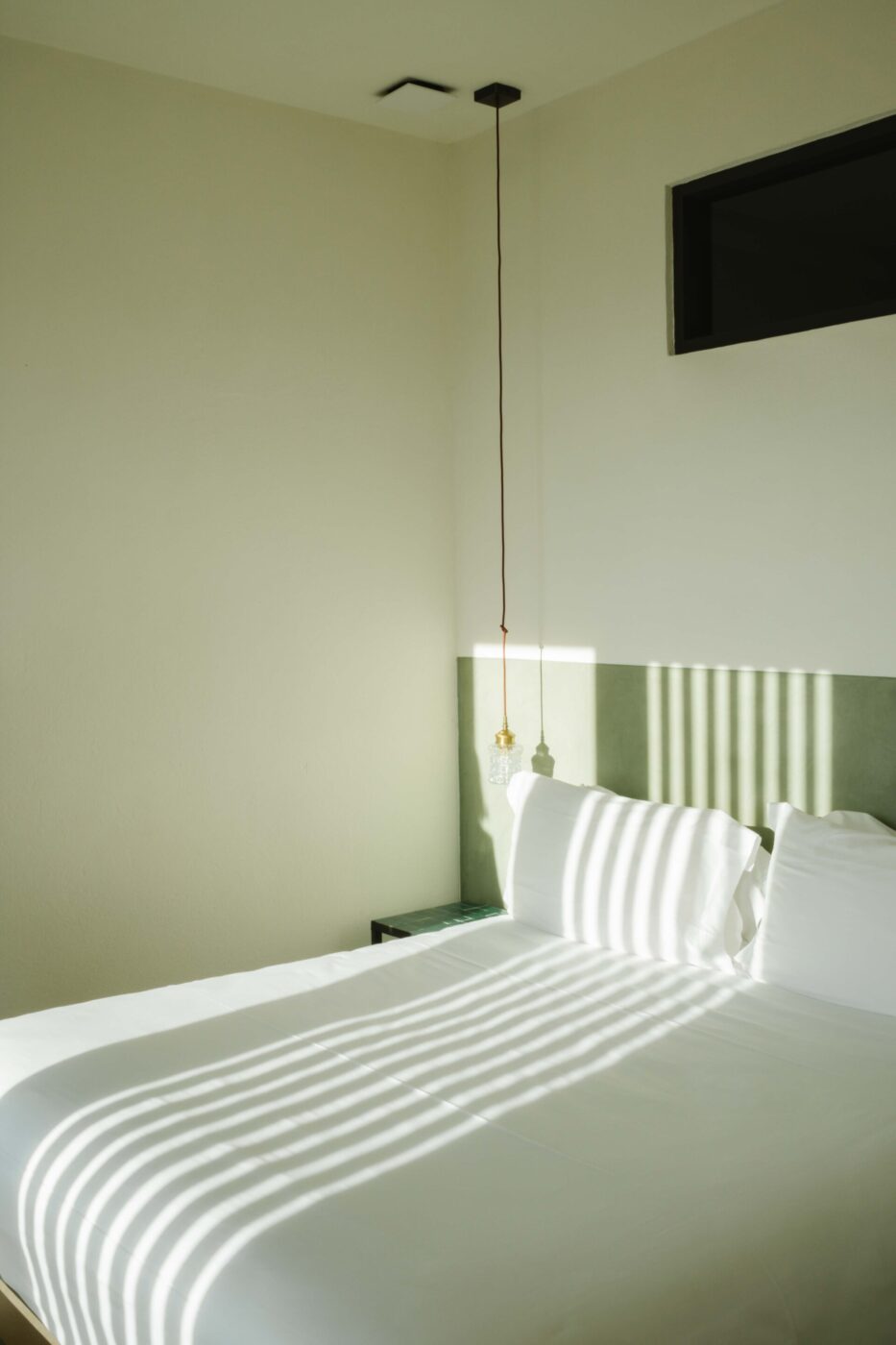
Dai Gresy
A cozy, design- and wine-lover’s stay in the Piedmontese countryside
Open until December 14th, 2025
Use code ITALYSEGRETA at booking for complimentary spa access and a complimentary massage for one for stays from November 16th to December 12th (minimum three night stay required and booking at least five days in advance).
“We grew up in a large family where the doors were always open,” Ludovica di Grésy, owner of Dai Gresy along with her brother Alessando, tells us. “It’s no coincidence that our agriturismo has been designed as a big home, furnished according to our personal taste.” After a four-year renovation, the former farmhouse, built around the year 1650, has become an 11-room boutique hotel, on the ridge of Monte Aribaldo in Piedmont’s Le Langhe with 360° views of the surrounding wine-producing hills. Here, there are always guests hanging out in the “living room”, draped over minimalist couches with glasses of red in hand; on colder days, a fire crackles. It really does feel familial–just taken up (multiple) notches thanks to a gorgeous eye for interiors.
“Our love for natural living, recycled and repurposed materials, alongside a plastic-free approach, has led us on a tireless research journey,” Ludovica explains, with the result being a bright, clean space with a focus on beautiful, natural materials–“less is more” at its finest. Wood reclaimed from beams of old farmhouses, cocciopesto floors inspired by ancient Roman thermal baths, concrete in spaces that were once work areas, and lime-painted walls without ornamentation. “Each window is a painting here,” Ludovica adds. We see what she means: waking up to views of rolling, vine-covered hills as far as the eye can see, morning mist rising up in tufts, feels veritably Renaissance-esque. “We didn’t want to create a lavish and luxurious environment, but rather a cozy and vibrant place in perfect harmony with the surrounding landscape, which is the true protagonist of the entire project.” (Even the compact, chic spa, with a Turkish bath and Swedish sauna, is in line with the natural design philosophy.)
Protagonist indeed, even when you move beyond the windows. The whole team is deeply rooted in the area, meaning they have a large network of local contacts for diving into the culture and tradition of this food- and wine-rich region–plus Ludovica and her team will help you create a customized itinerary. No itinerary is complete, however, without a tasting at the headquarters of Tenute Cisa Asinari dei Marchesi di Grésy in nearby Martinenga. Tour the historic Barbaresco cellars in Barbaresco, owned by the di Grésy family since 1797, and sample the impressive selection of both whites and reds; the Nebbiolo, Barbaresco, and Sauvignon are superlative. The Barbaresco DOCG vineyards are also historic for housing the only winemaking monopoly in the area; Martinenga, one of the most esteemed Crus within Barbaresco, is owned entirely by the di Grésy family, making them the sole producer with exclusive rights to this exceptional vineyard. You can also try the wines on-site at Dai Gresy in the preserved ancient cellar, once the heart of the farmstead (where Ludovica and Alessandro used to play hide and seek) and now the pillar on which the renovated structure stands.
In keeping with the ethos of Piedmont, Dai Gresy excels not only in wine, but also in food. Seasonal fruits and vegetables come directly from their garden–which partially runs on solar and photovoltaic panels, and which was designed for biodiversity and bee repopulation–while the rest is sourced from small, local farms. The homemade, à-la-carte breakfast is the stuff of dreams: the likes of eggs benedict, yogurt and granola bowls, and sourdough bread with spreads are washed down with fresh juices, golden milk, and small-batch, filter coffee. The lunch and dinner menus follow the simple philosophy of refined, seasonal plates. Round out a day of eating and drinking at Dai Gresy with a sunset aperitivo; watch oranges and pinks spread out across the horizon from the infinity salt water swimming pool, which overlooks the vineyards, or the terrace, with views stretching across the hills to the snowy peaks of Monviso. Piedmont being art, yet again.
A few more segreti (secrets) from Ludovica:
The Rocche dei Sette Fratelli – Nature lovers shouldn’t fail to check out this breathtaking rock formation. According to local lore, seven brothers were swallowed by the earth as punishment for their blasphemy, leaving behind these dramatic gorges as a reminder of the event. During World War II, the natural formations also provided refuge for partisans, offering both shelter and strategic advantages for their operations. Beppe Fenoglio, in his vivid accounts, brings the Rocche to life as more than just a setting—he portrays them as a silent witness to the struggles of the Resistance. He describes their harsh, almost mystical quality, where winding trails and deep ravines blur the line between nature and conflict. Light filtering through the cliffs, the echo of footsteps on stone, and the damp air that clings to everything all come together to make the Rocche feel alive, almost like a character in the story.
The history behind the hills of Barbaresco – The hills of Barbaresco were once covered by a thick forest, and were inhabited since pre-historic times. At its center, close to the river and rich of natural springs, local tribes settled in this valley and considered it sacred. For many decades the Roman Empire tried to conquer the Barbarica Sylva–“the forest of the barbarians”–during its expansion. After fierce resistance, at the end of II century B.C. the Romans finally defeated the Celts, and in their sacred valley they built the Villa Martis–the Temple of Mars, god of war. This was the first inhabited center in Barbaresco, a furnace for the production of clay bricks, said to be owned by the father of Publio Elvio Pertinace, future Emperor of Rome (though just for 82 days). The Roman Vine slowly takes the place of the Barbarica Sylva, and Martinenga becomes a neuralgic gateway: here was passing the road–cited by Tito Livio in Ab Urbe condita–connecting Alba Pompeia and Neiva to the rest of the empire.

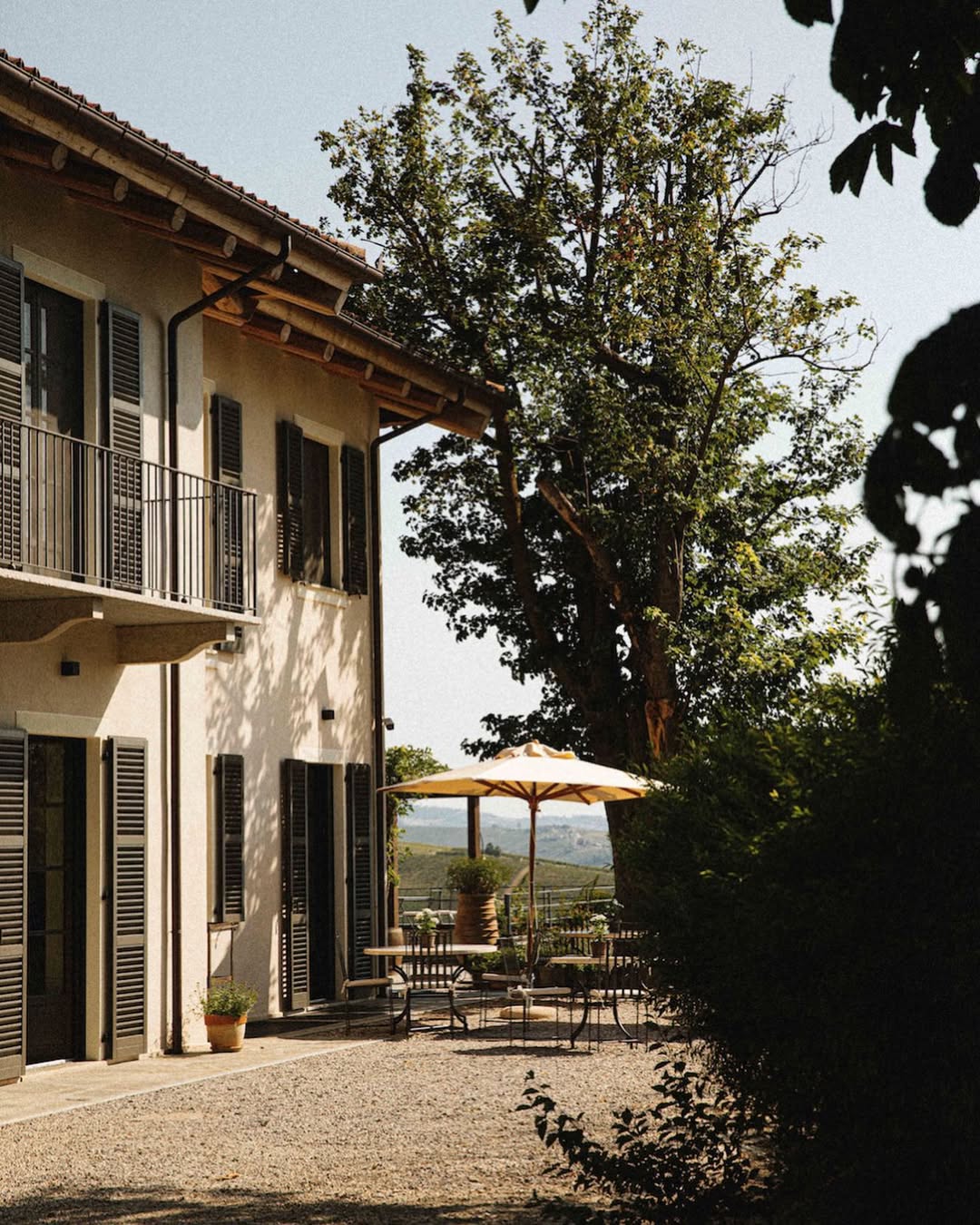
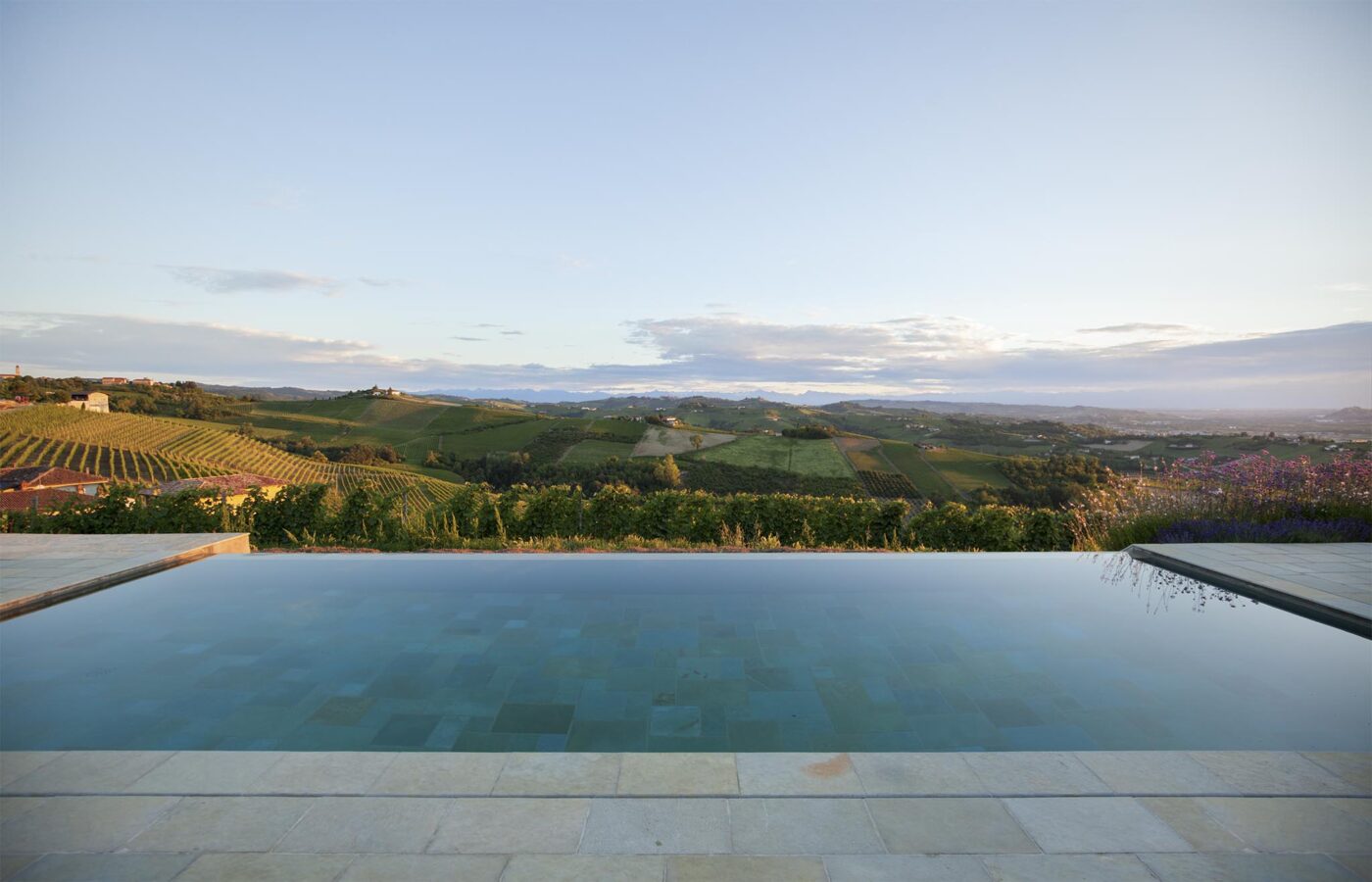
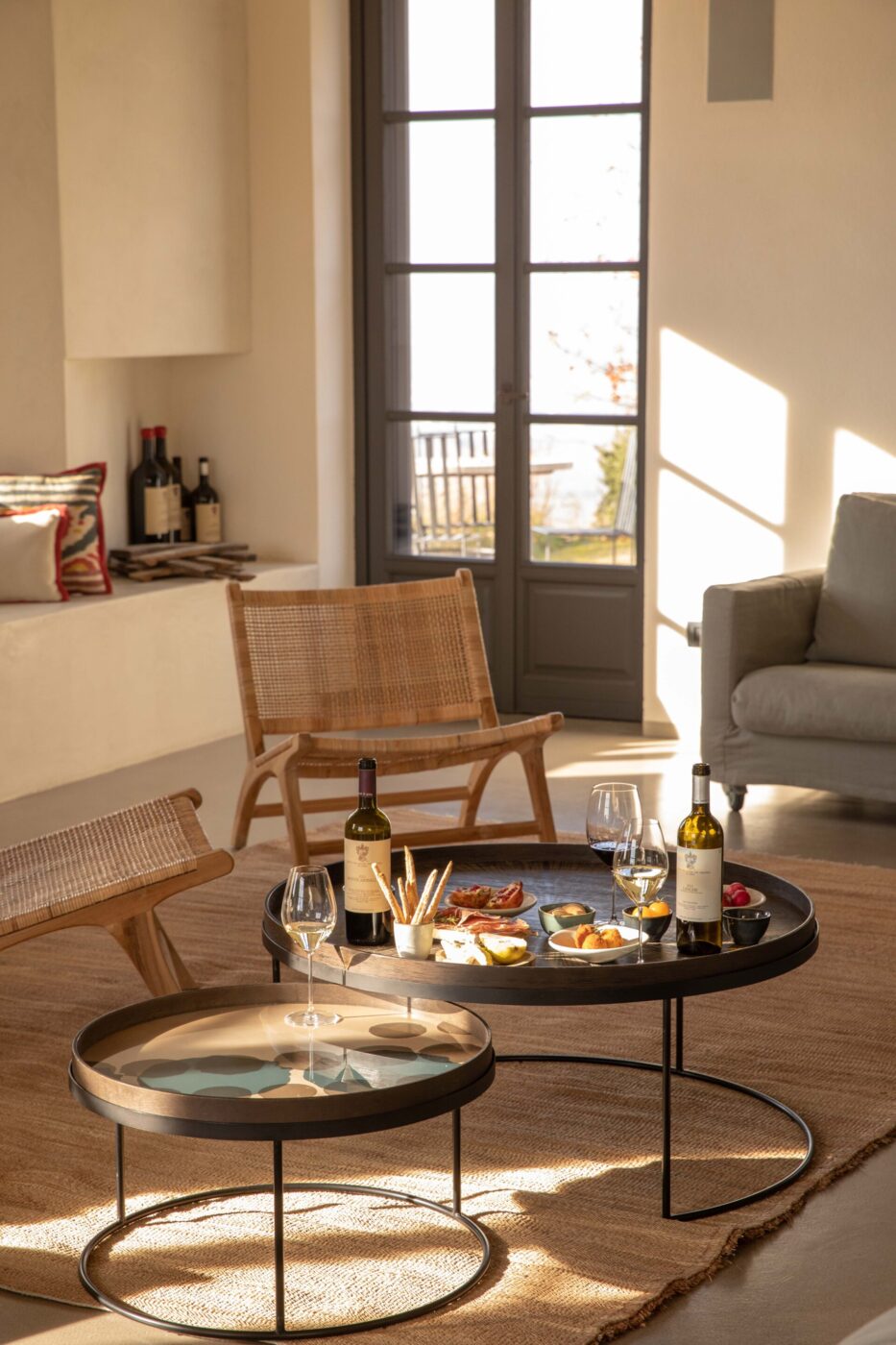

Dai Gresy
The Rocche dei Sette Fratelli
The hills of Barbaresco
